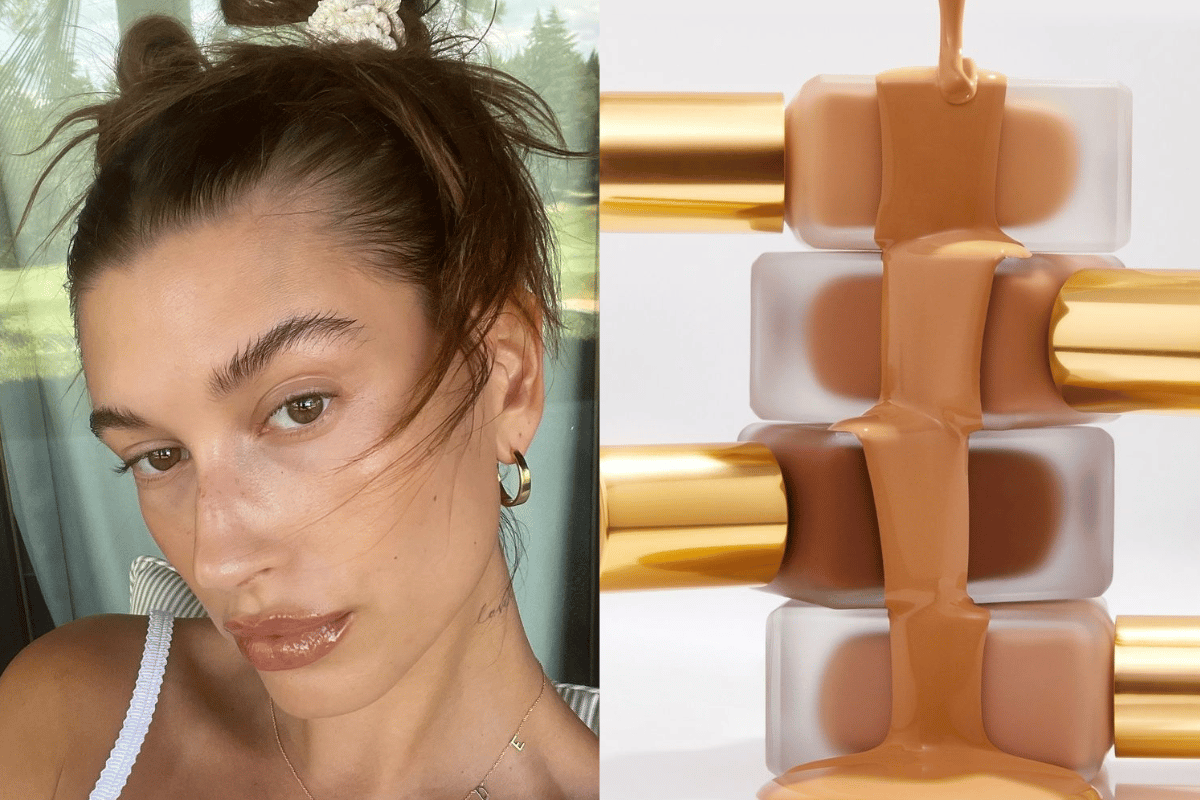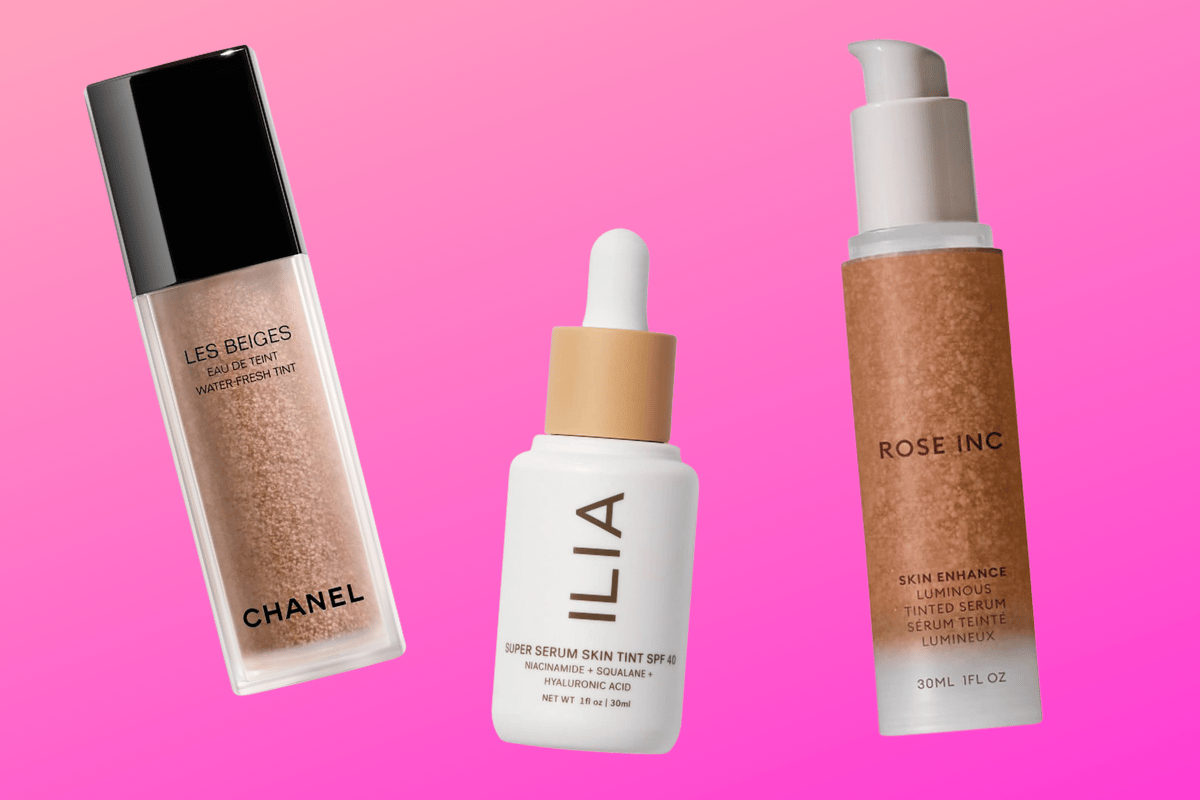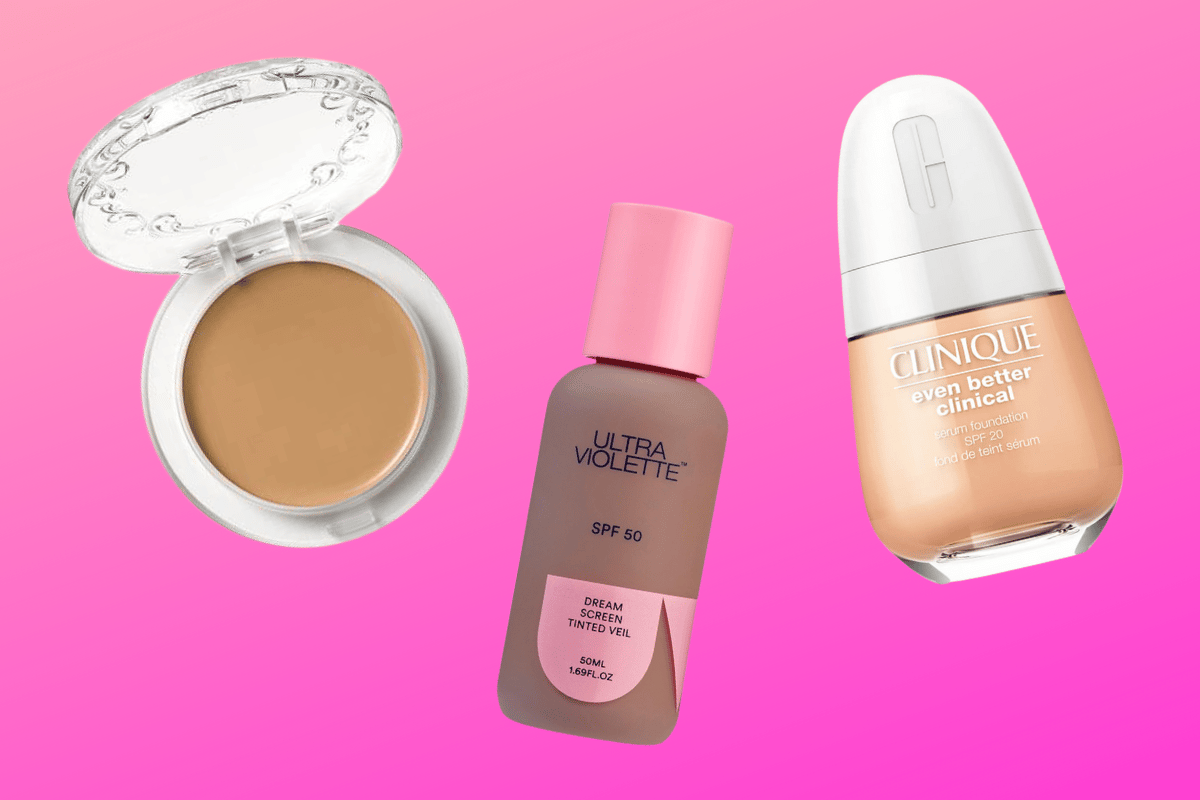
Last week, there was an article written by the New York Times that claimed full-coverage foundation is dead. In fact, foundation in general. Six feet under. Gone but never forgotten.
According to NYT, the passing of the beloved full-coverage foundation has been a long time coming.
The article spoke about how we're living in a new era of acceptance and inclusivity - and the days of heavy makeup and concealing our skin's texture is officially over.
Apparently the shift comes down to several things. Most notably, the skin positivity movement and the normalisation of real texture and skin concerns.
Watch: Here's what wearing 100 layers of foundation looks like. Post continues below.
In 2022, we embrace acne. We celebrate texture. We use real skin as a means of expression.
This has also ushered in an evolution of foundation as we once knew it, with brands releasing a wider selection of alternative products - skin-loving formulas that negate the need for high-coverage.
From tinted moisturisers and serums to concealing sticks and water tints - the market is literally *bursting* with a new species of hybrid formulas that prioritise the 'your skin but better' approach to coverage.


Top Comments